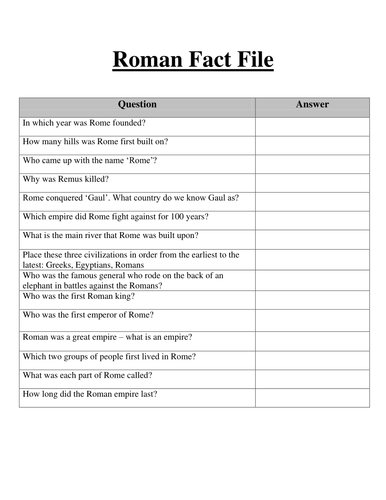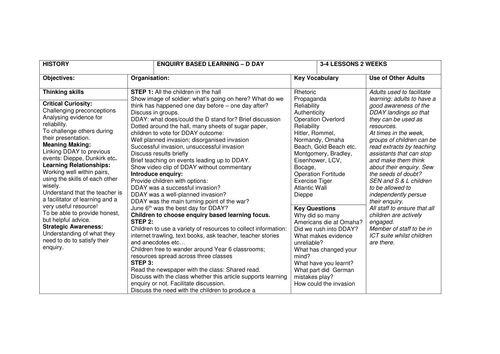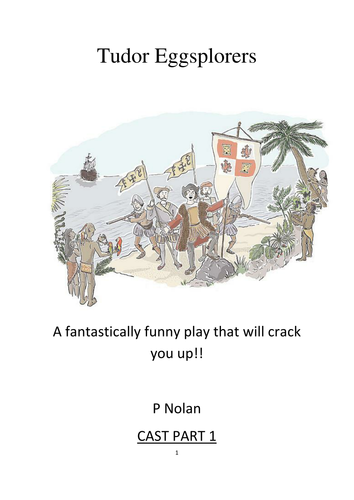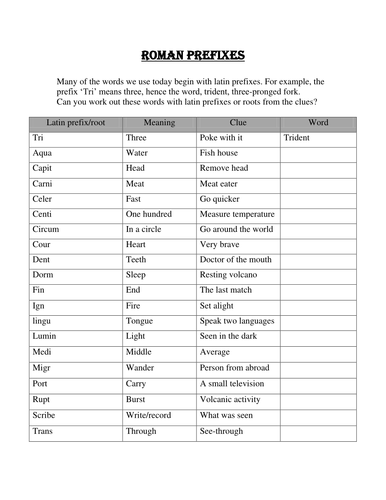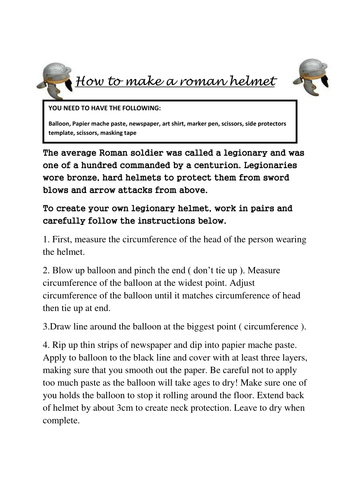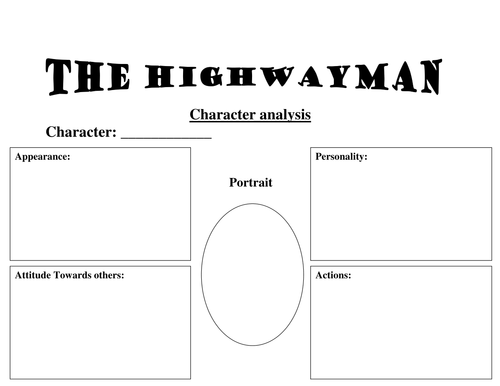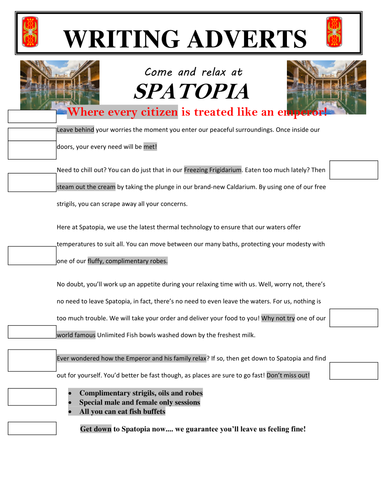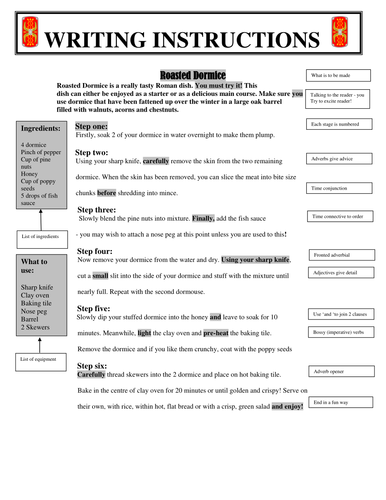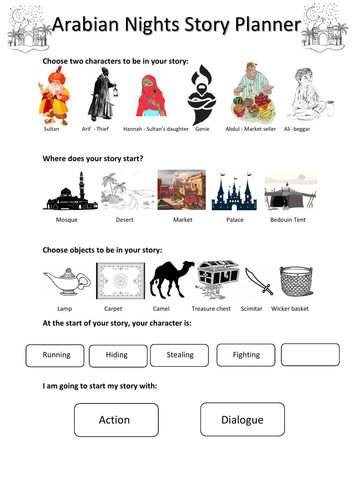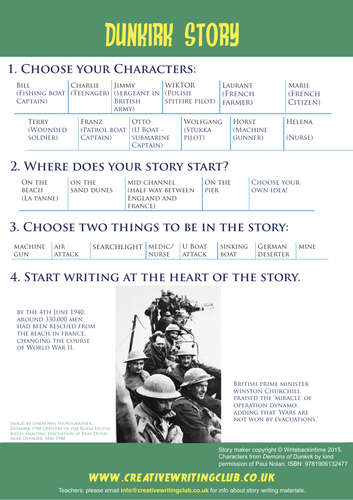Pauljamesnolan's Shop
I combine my time between writing ( children's author ) and teaching. In my shop you will find a range of worksheets that I have successfully used in the classroom with Key Stage 2 pupils. My passions are writing and history and you will find plenty of resources for these subjects in my shop.




